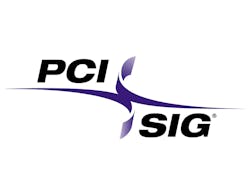COMPANY OVERVIEW
COMPANY OVERVIEW
About PCI-SIG
PCI-SIG is the consortium that owns and manages PCI specifications as open industry standards.
Contact
More Info on PCI-SIG
More Info on PCI-SIG
PCI-SIG is the consortium that owns and manages PCI specifications as open industry standards. The organization defines industry standard I/O specifications consistent with the needs of its members. Currently, PCI-SIG is comprised of nearly 700 industry-leading member companies.
Articles & News
Articles & News
Aug. 19, 2021
Videos & Resources
Videos & Resources






